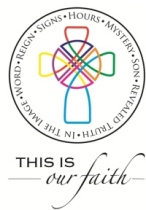Andy Wilson (TLC Dept), Maddy Quinn (TLC Dept) and Keith Varty (Biology/Science Department)
After watching a Horizon programme which focused on the theory that dogs evolved the way that they did in order to appeal to man and also studies linking the release of oxytocin in humans with working with dogs, Miss Wilson and Miss Quinn chose to do some professional reading of research describing the benefits of using pets in the classroom. Some of this research claimed that school pets have been found to:
- motivate pupils to think and to learn, as children have a high level of natural interest, enthusiasm and enjoyment of animals
- encourage a respect and reverence for life in pupils and thereby improve their relationships with other pupils, parents and teachers
- foster a sense of responsibility in children
- teach children to nurture and respect life
- improve academic achievement
Further research showing that teachers have also found therapeutic benefits for children with special needs and how pets in schools also have social benefits for the school community can be accessed here and here.
This professional reading led to Mrs Wilson and Mrs Quinn organising a day where Mr Varty would bring his well trained, placid dog Laika to the TLC to deliver a lesson focusing on the responsibilities of having a dog. This lesson provided pupils with the opportunity to ask questions observe and participate in obedience training whilst continually interacting with Laika.
After reflection pupils made the following quotes about having a dog in the TLC for the day:
“It was very well trained and it was a very good feeling to have a dog in the class because she was very friendly.”
“It was a cool dog and it made me happy.”
” If we had a dog regularly in class it would make us more motivated”
” if we had a dog regularly in class it would make us more peaceful”

















